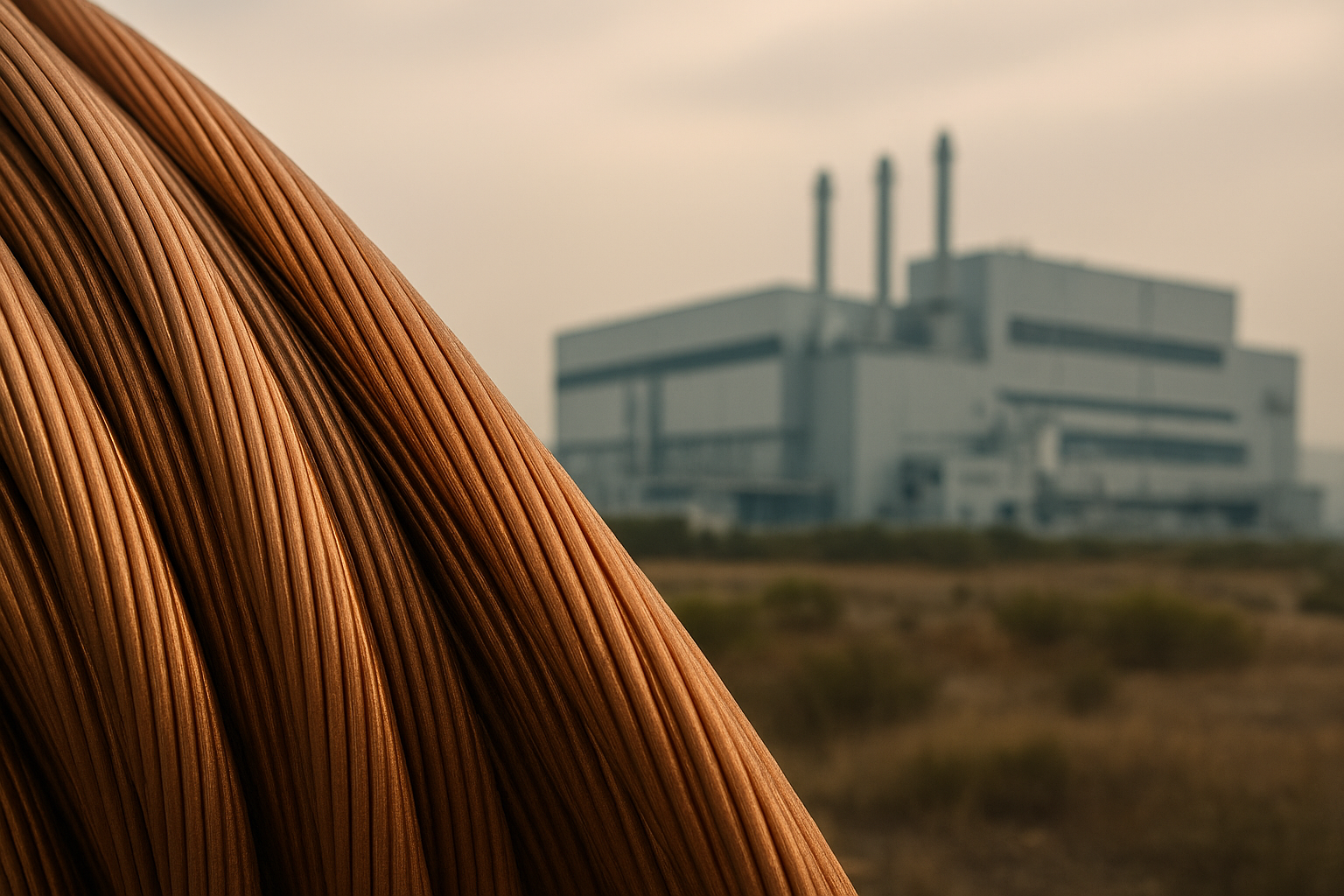Shortages of copper, a vital material in semiconductor production, could disrupt up to 32% of global chip output by 2035, according to a recent PwC report. Climate‑driven water scarcity poses escalating risks for top copper producers, placing pressure on an already fragile global supply chain.
Water shortages hit key mining regions
PwC warns that by 2035, drought‑prone areas including major producers like Chile and Peru will be under “severe risk” of resource limitations. Chile, the world’s largest copper exporter, already faces water scarcity issues that are slowing processing capacity, with 25% of its production affected today a figure expected to rise sharply.
Ripple effects across chip supply chains
Copper is essential for wiring in chip fabrication. Any squeeze could bottleneck production, threatening the annual wafer supply vital for industries from autos to data centers. The last time such constraints surfaced, chipmakers lost out on a GDP boost equivalent to 1% in the U.S. and 2.4% in Germany, highlighting the broader economic vulnerability.
Industry scrambling for solutions
Mining firms are pushing efficiency upgrades and building desalination plants in Chile investments aimed at stability, not surplus. However, PwC cautions that other nations lack the infrastructure or access to seawater needed for similar countermeasures.
Securing stable copper output is becoming as strategic as defending chip fabs. As climate extremes intensify, the question is whether semiconductor planners will adapt swiftly or face rising production and cost challenges that ripple through the technology sector.







